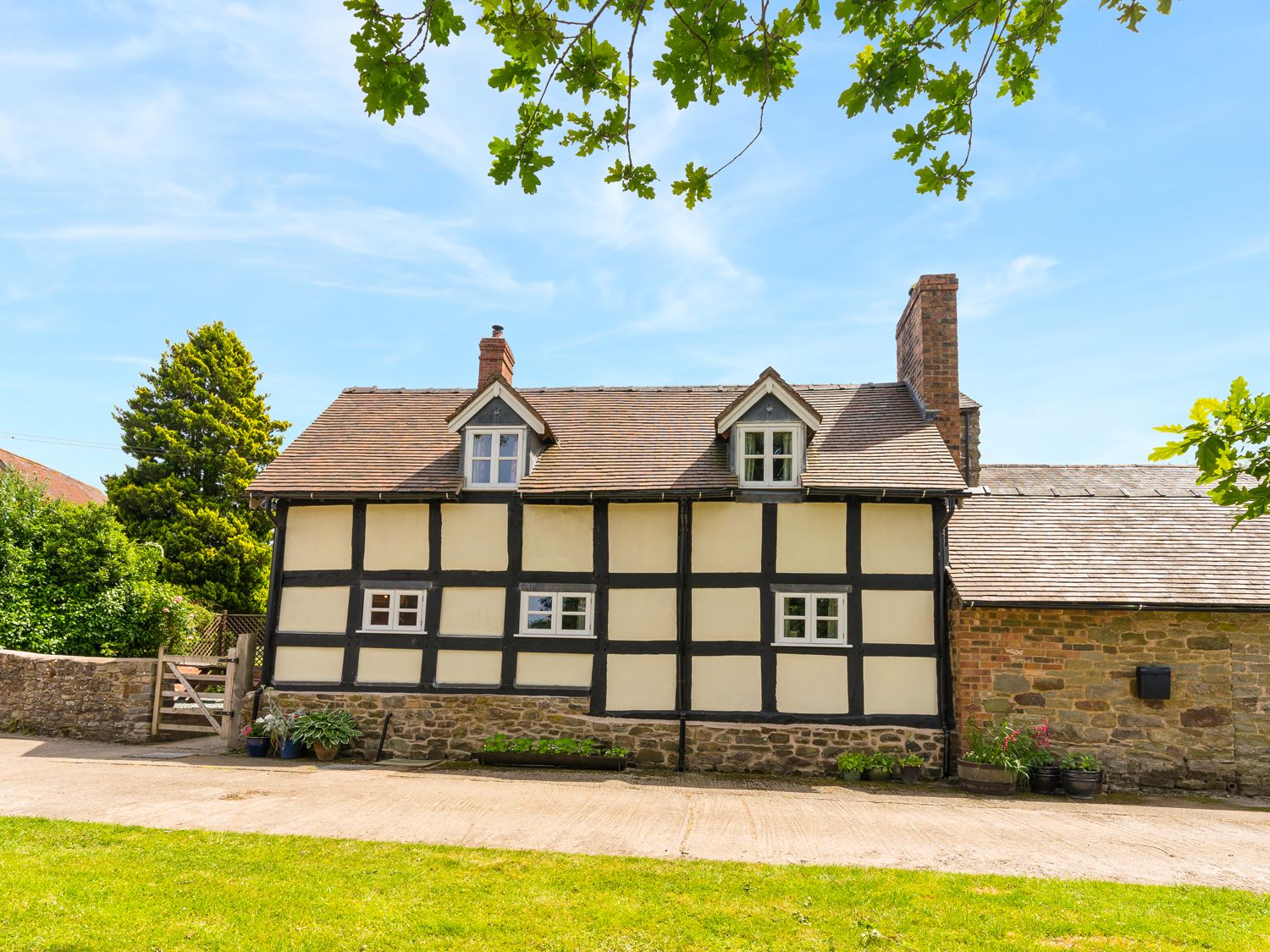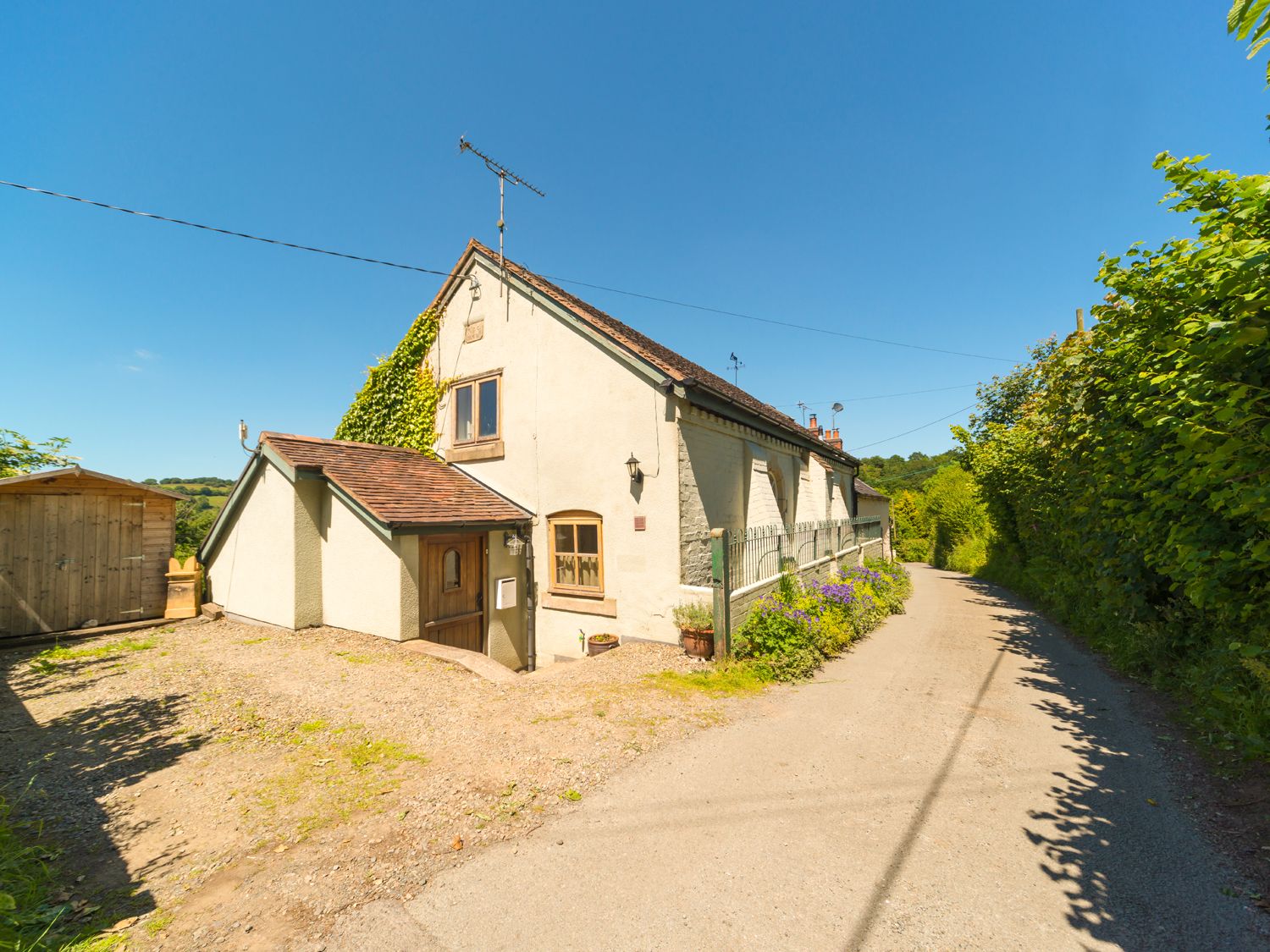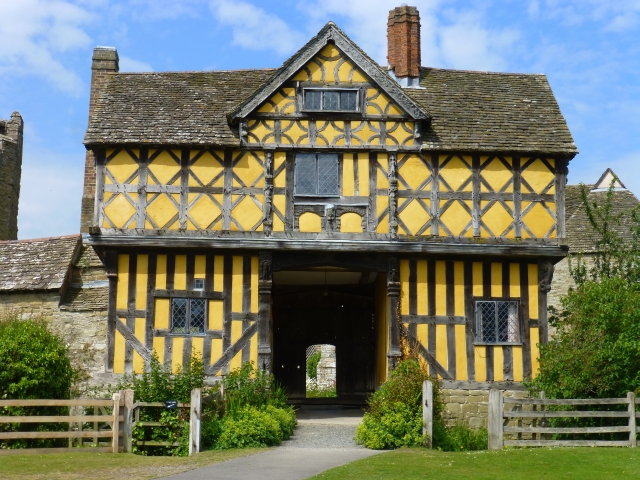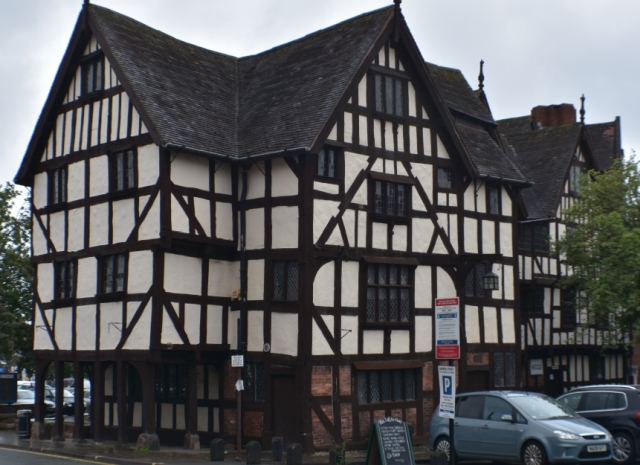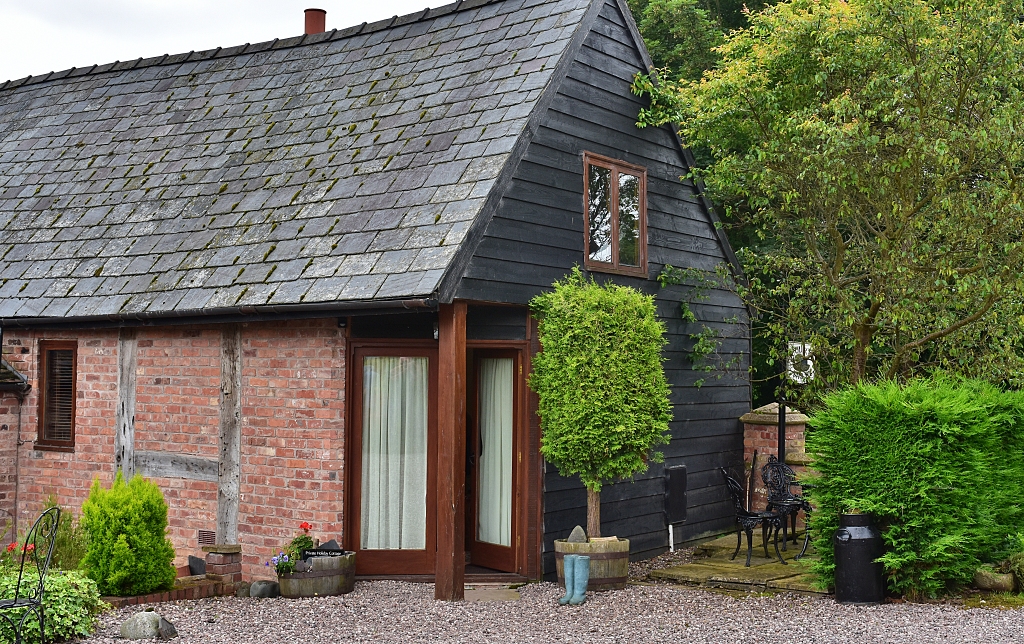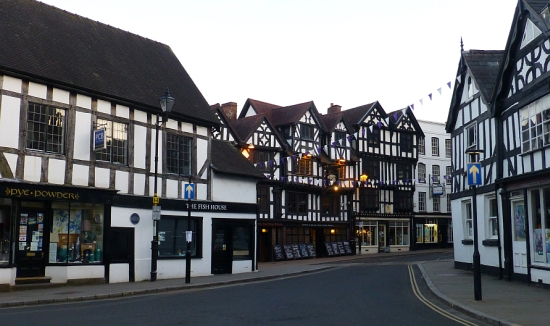A Walk to Stiperstones from The Bog Mine
Whether the weather will let us...
Stiperstones is an area of outstanding natural beauty in the Shropshire Hills, about 15 miles south-west of Shrewsbury. Unlike the smooth heath and moorland of the Long Mynd, Stiperstones offers rough, rocky tors from which you gain fantastic views.
Our Shropshire trip came with "variable" weather, meaning we had a bit of everything, and it hammered down when we really could have done with a dry spell. We picked the day the weather forecast predicted to be the best day of our week in Shropshire to visit Snailbeach Mine, have some lunch at The Stiperstones Inn, and in the afternoon walk from the Bog Mine car park up on to the Stiperstones ridge. The walk instructions can be found here. It’s a sort of figure of eight, five-and-a-half-mile walk in stunning scenery.
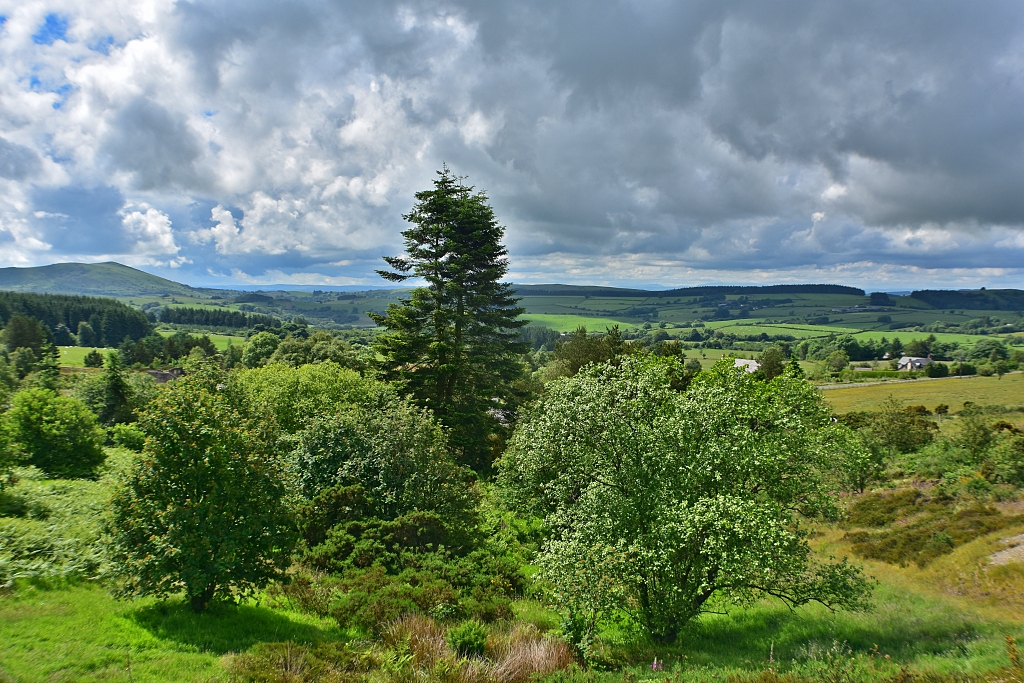 The View from The Bog Mine © essentially-england.com
The View from The Bog Mine © essentially-england.comHowever, as with all good plans, things didn’t work quite that well for us. Just as we returned to the car in Snailbeach, the rain started again. It was just one of those weeks in an English summer! We're not fair-weathered walkers, but we don’t like to risk walking in unknown hill territory in poor weather conditions. So instead of braving the wet, we went to lunch - which was lovely.
Being England in summer, the rain stopped while we ate, so our plan for a walk was back on. By the time we got to The Bog Mine car park, the sun was out again.
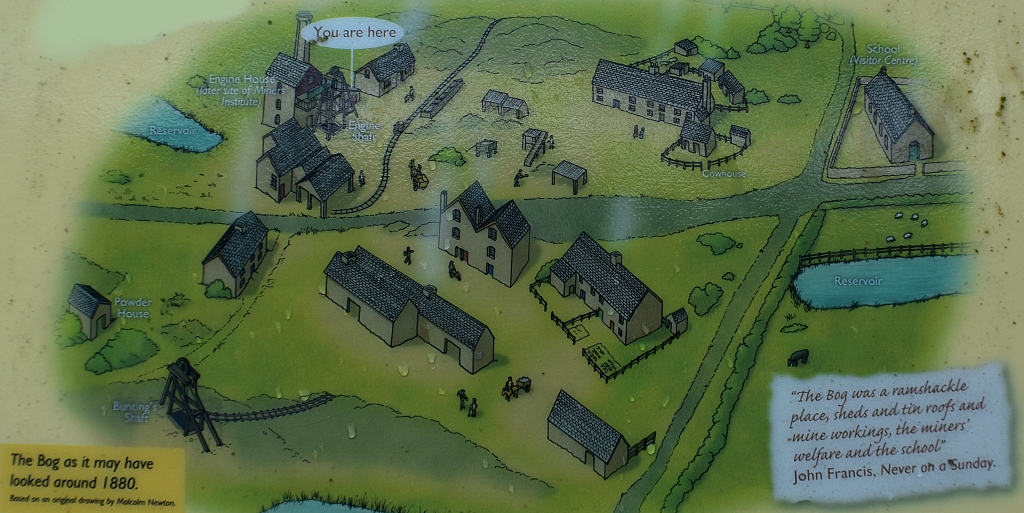 Artist Impression of The Bog Village Layout in 1880 (from visitor centre notice boards) © essentially-england.com
Artist Impression of The Bog Village Layout in 1880 (from visitor centre notice boards) © essentially-england.com
The Bog Mine
The Bog was named after the type of land that it was before the mining started – a bog. Digging an underground tunnel to drain the mine solved that problem, and for around two hundred years The Bog was a busy village mining lead ore and barytes (barium sulphates) from the surrounding area.
Mining started in the 1730s, and by 1793 a hundred miners and their families lived in the village. The mine continued to thrive, and by the 1850s the village had rows of cottages, a pub, and a school as well as the mine buildings.
Not that it was a picturesque place. Mining villages were noisy, dirty sites with steam-driven pumps and winding
gear hissing and whistling, the banging and clattering of tools and conveyors, all surrounded by heaps of spoil and coal. Mining is hard physical work, too, but it allowed the miners and their families to make a living.
Bog Mine eventually closed in 1922 with most buildings being abandoned, and later demolished. The village just disappeared. Now there is just a small hamlet and nature has taken over the rest, leaving little evidence of the mine.
One building to survive is the old village school, which closed in 1968. It is still a place of learning as it has been turned into The Bog visitor centre where you learn about the local history while enjoying tea and cake. Along with the school, another important building in the village was the Miners’ Institute for Welfare. Apparently, it was very popular for its Saturday night dances. Just image a night out in The Bog!
We managed a quick walk around The Bog to explore the visitor centre and view point before it started to rain again, so back in the car we get, and the planned walk was finally cancelled.
Or so we thought...
Stiperstones Ridge
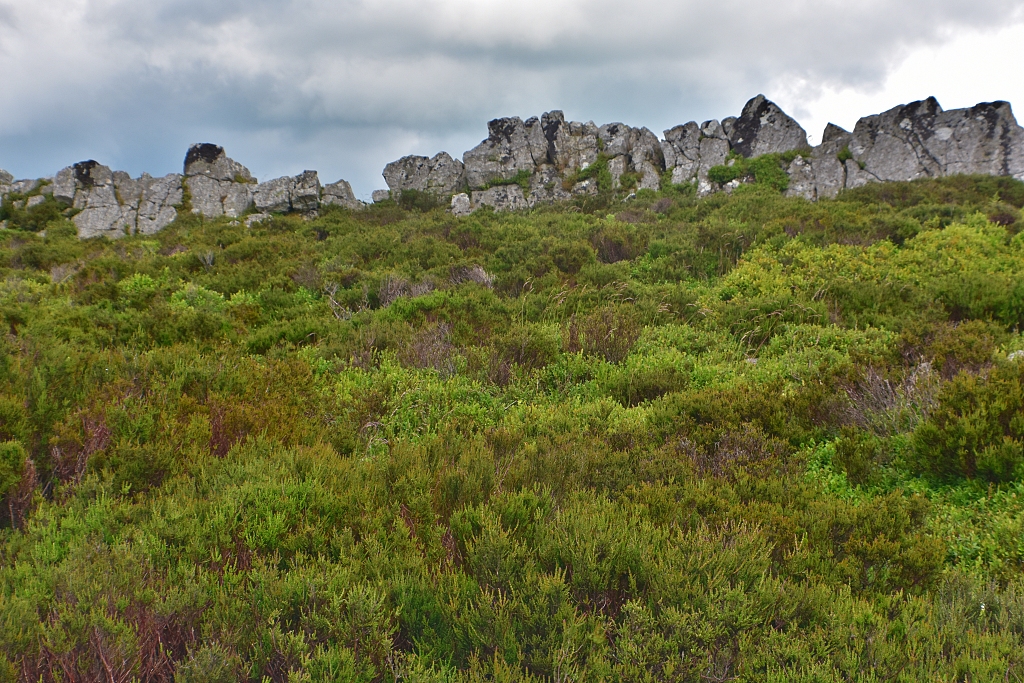 View Up to Stiperstones Ridge
View Up to Stiperstones Ridge © essentially-england.com
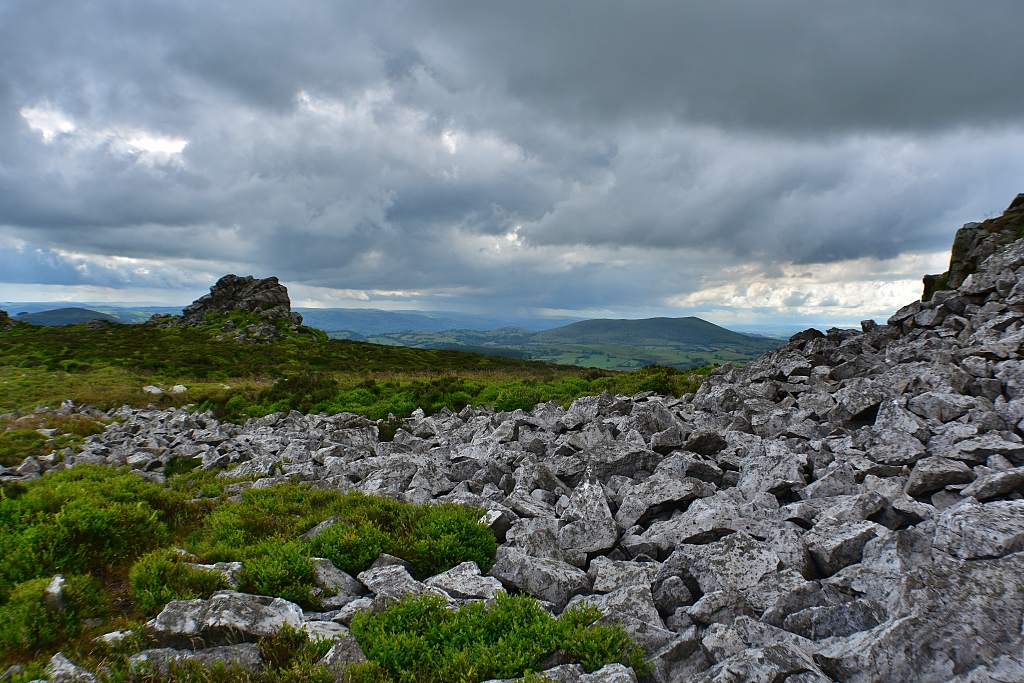 Angry Clouds Forming over Stiperstones Ridge
Angry Clouds Forming over Stiperstones Ridge © essentially-england.com
Shortly after leaving The Bog, we came across The Stiperstones Nature Reserve. As the rain had stopped again - and we were really loath to concede to the wether - we pulled into the car park and found a footpath up to the Stiperstones ridge. The car park was quite busy, so maybe other families had the same idea!
While the ridge looks tall and imposing, the climb from the car park is gradual, with the grassy path turning rocky towards the top. And in case you wondered, the views from the ridge are totally worth the scramble!
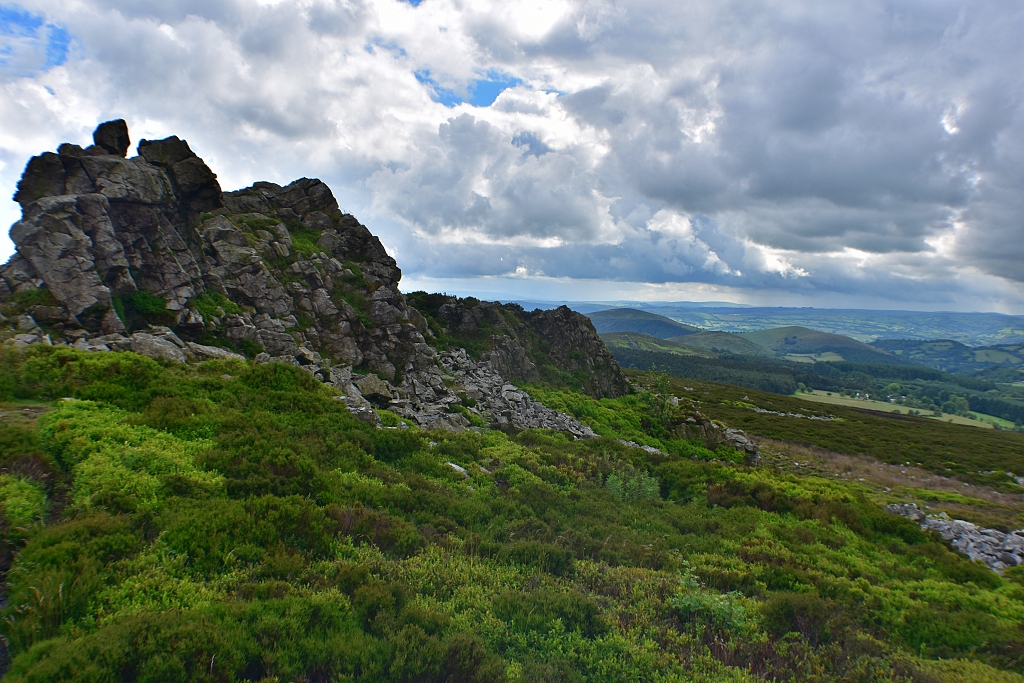 Stiperstones Ridge in the Shropshire Hills
Stiperstones Ridge in the Shropshire Hills © essentially-england.com
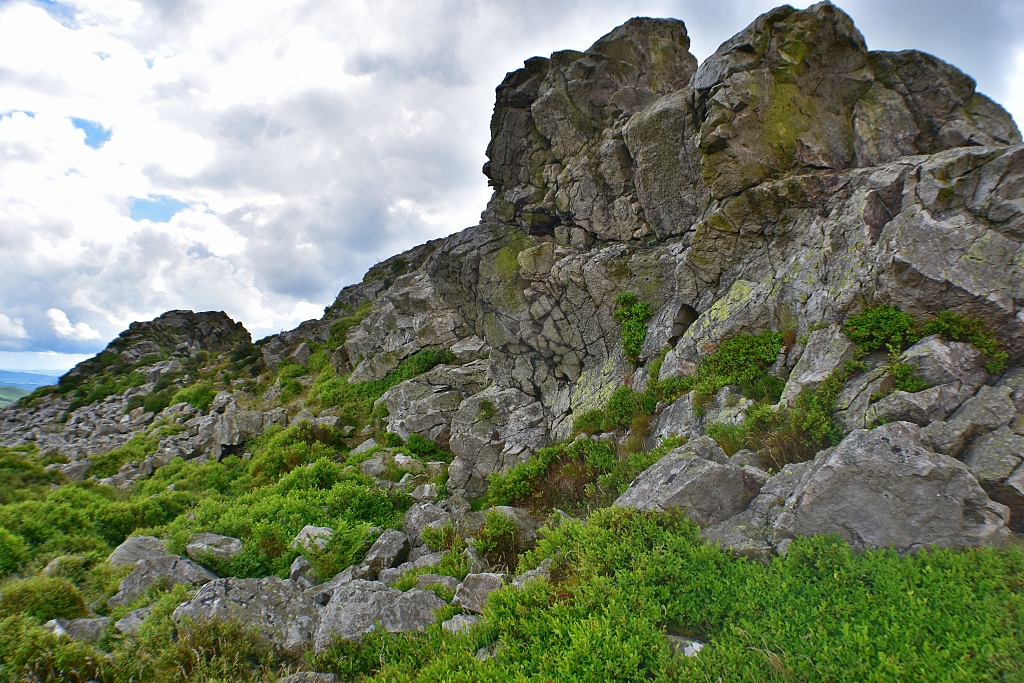 Stiperstones Ridge in the Shropshire Hills
Stiperstones Ridge in the Shropshire Hills © essentially-england.com
So... despite the zigzagging rain, we had a great day out. An interesting mine to explore at Snailbeach, a tasty lunch in a lovely English pub, the remnants of a mine in a bog, and then wonderful views after climbing up to Stiperstones ridge. And believe it or not, we missed the worst of the weather!
If you like geology and stunning views of the English countryside, but don't fancy a 5.5-mile walk or are threatened by rain, use the Stiperstones Nature Reserve car park, and these wonderful sites are a much shorter walk away.
And a final word of warning! If you are out in the Stiperstones area at dusk when England is under threat, watch out for Wild Edric and his fairy bride Lady Godda! I leave that with you.
Are You Planning a Trip to Shropshire?
Shropshire is a marvellous place for history and food lovers! There's so much to see and do and taste, that you'll need more than just a short visit. If food is your thing, head to Ludlow and start exploring from there. For history lovers, Shrewsbury makes a great base with many historical sites in very easy reach.
Where You Could Stay
To see more self-catering cottages in Shropshire click here or check out holiday cottages in other parts of England by clicking here
Or, if you would prefer, here are some hotels in Shropshire.
What You Could See and Do
Here are a few places that should go on your must-see list:
- Wroxeter Roman City
- Shrewsbury & Shrewsbury Abbey
- Attingham Park
- Lilleshaw Abbey
- Offa's Dyke
- Cantlop Bridge
- Ironbridge Gorge, the Iron Bridge & Broseley Jitties
- Coalbrookdale Iron Museum, Jackfield Tile Museum, and Coalport China Museum
- Ludlow Castle
- Stokesay Castle
- Bridgnorth
Click here for a great list of things to do in Shropshire.
Please click here to return to our Shropshire page.
